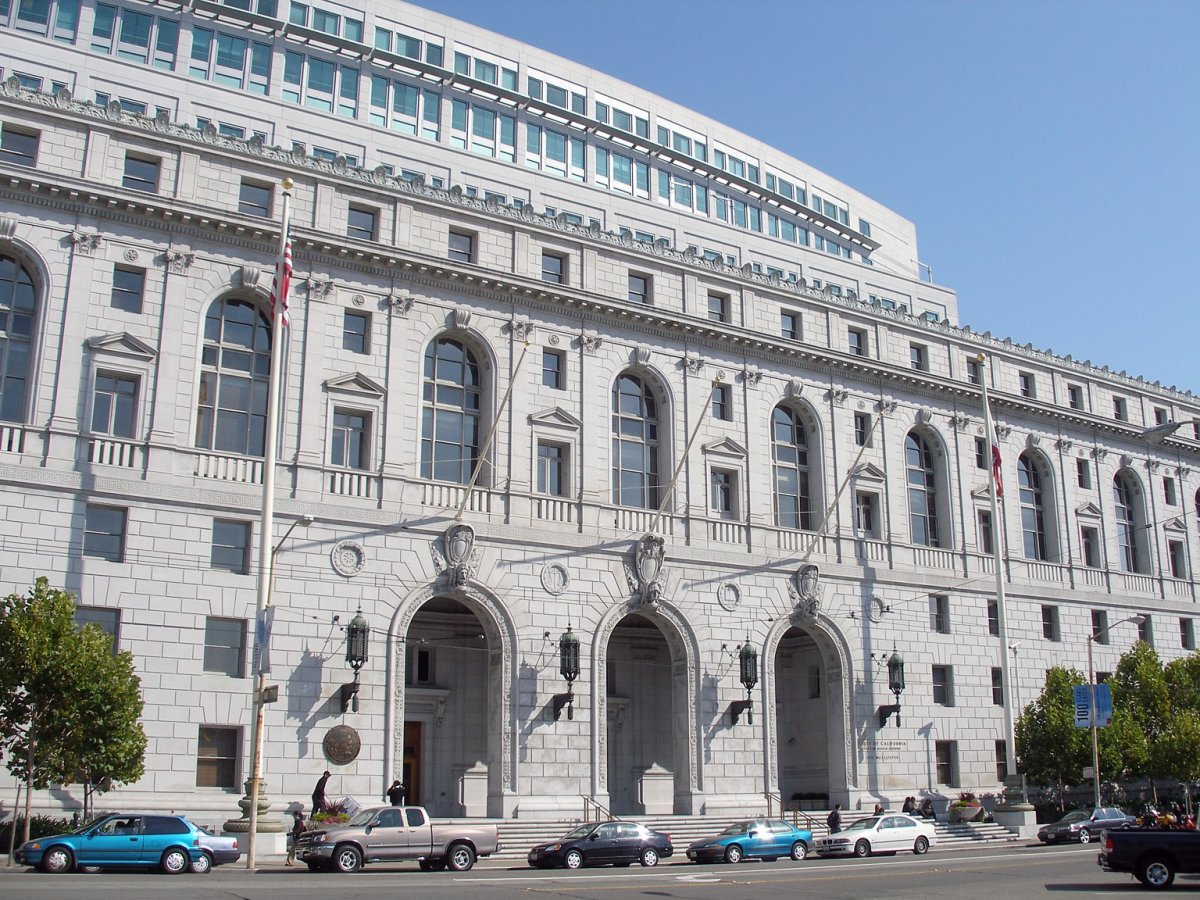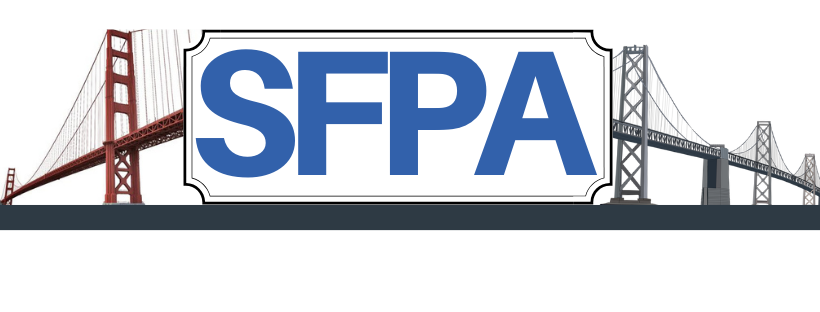Pacific Standard
October 4, 2017
By Anthony York

The California Supreme Court headquarters in San Francisco.
(Photo: Wikimedia Commons)
In the coming weeks, the California Supreme Court is expected to weigh in on a case that could determine the course of tax policy in the state for years to come. What seems like a wonky, esoteric ruling on local finance could affect the futures of municipal and county governance, and could potentially unravel four decades of state tax policy that began with the passage of Proposition 13 in 1978.
Since California's initial tax revolt, which presaged a nationwide anti-tax fervor, California has tightened the rules on local governments' ability to raise revenues that were earmarked for specific projects. Under Proposition 13, tax measures that direct revenues to dedicated projects like roads, transportation, or fighting homelessness must earn approval by two-thirds of local voters. Revenues for general fund purposes only need simple majority public approval, though those are often more difficult to sell to voters.
But those rules may change, depending on the interpretation of the state Supreme Court's recent decision in the case of the California Cannabis Coalition v. the City of Upland. In an August decision, the court ruled that taxes placed on the ballot by citizen initiative were fundamentally different than those placed on the ballot by elected officials, and raised the possibility that local initiatives may be immune from the two-thirds requirements of Proposition 13. It remains unclear, however, whether that will impact the vote threshold for those citizen-backed measures.
The court is expected to further clarify its initial decision in the coming weeks, but, already, revenue-hungry politicians and anti-tax advocates are on high alert. San Francisco Senator Scott Wiener hailed the court's initial ruling as a landmark decision that will make it easier for cities and counties to raise funds for roads, public safety, and other local services. Meanwhile, anti-tax advocates like Jon Coupal of the Howard Jarvis Taxpayers Association have warned the ruling could lead to "unbridled collusion between local governments and special interest groups."
"We have some real, severe financial challenges ahead with local governments."
The idea of lowering local tax thresholds is not a new one. In 2000, California voters approved a statewide ballot measure that lowered the vote required for local school bonds from two-thirds to 55 percent.
In his January of 2011 budget, Governor Jerry Brown suggested giving local jurisdictions the ability to pass revenue bonds for infrastructure projects like roads and affordable housing with a 55 percent vote. That plan was scrapped during acrimonious budget talks with legislative Republicans.
But the court's ruling is potentially more sweeping, and could have broad implications for local ballot measures and city governance.
Of the 519 local tax and bond measures before California voters in 2016, 427 were approved, according to numbers from California City Finance, which tracks local election results.
As the numbers show, on a whole, Californians are not opposed to taxing themselves at the local level. From liberal San Francisco to rural Nevada County, local voters have been open to raising property or sales taxes to pay for schools, public safety, and other local services.
But the difference between a simple majority and a two-thirds vote can be significant. In November of 2016, 85 percent taxes that required a simply majority vote were approved, while just 52 percent of those requiring a two-thirds vote were approved.
Of those that failed, 23 local tax measures received more than a majority, but less than the two-thirds required to be enacted, according to numbers from California City Finance.
CCF's Michael Coleman says 2016 brought an unprecedented flood of local tax measures. Tax proponents often wait for the November of an election year to push their revenue proposals, hoping that a larger and typically more liberal electorate will be more amenable to tax hikes.
"Last November was unlike anything we've seen before in terms of the sheer number" of local measures," he says. "What's clear is that we have some real, severe financial challenges ahead with local governments, most of which have to do with compensation and retirement benefits for employees."
Depending on how the court explains its recent ruling, cities and counties around the state could be bracing for more local taxes in the elections to come.

